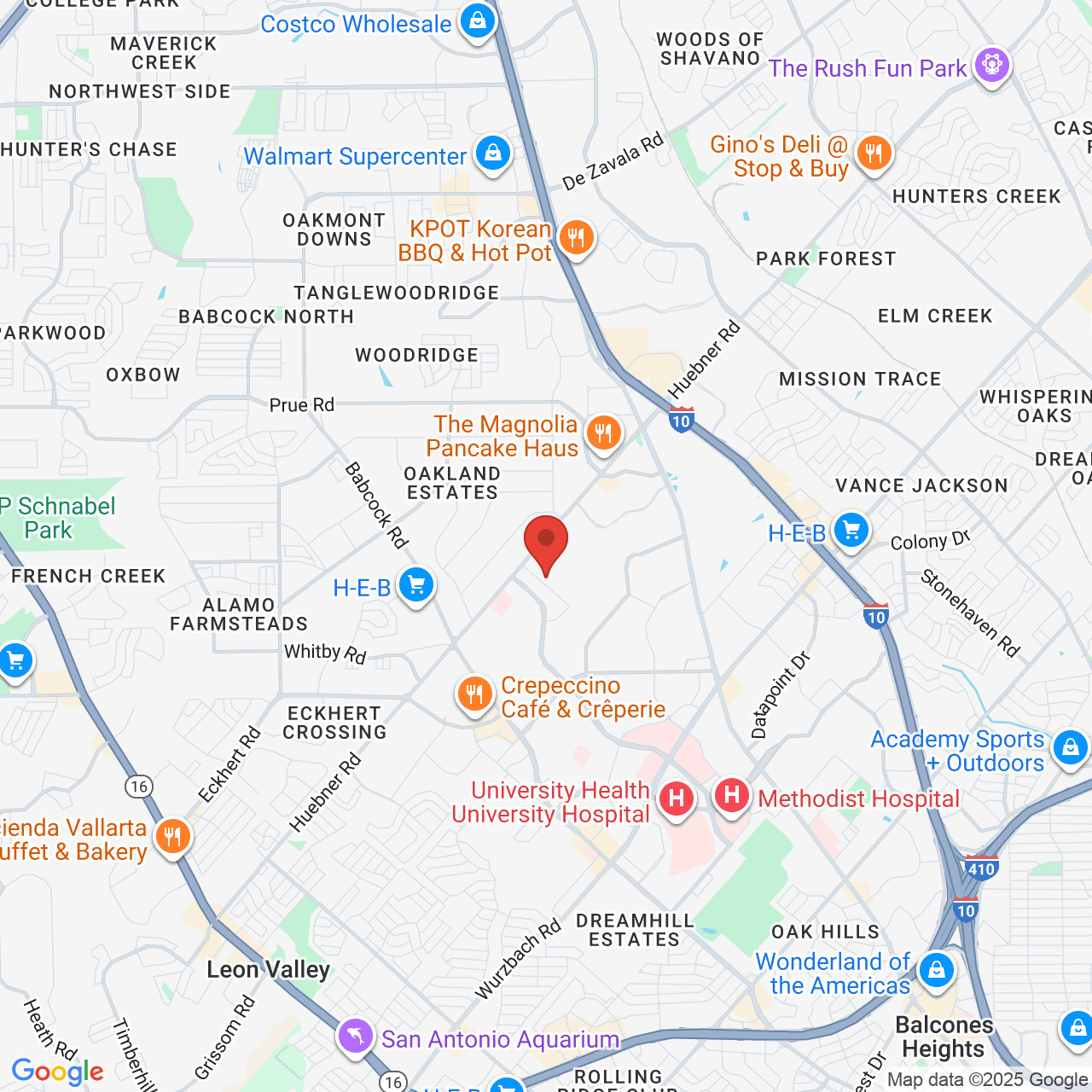MICROTIA TREATMENT OPTIONS CARTILAGE - Most accepted technique worldwide

Option 1: Rib/Cartilage Unilateral (one-sided) Microtia

Because there is nothing than can replace our own living cartilage, Dr. Bonilla ONLY performs this cartilage technique. See "Cartilage Technique Details".
I usually start operating on a child at about 6 years of age. By this time, the child is usually large enough where there will be sufficient rib size to harvest an adequate rib graft. If the child is still small, I prefer to wait a year or so.
For example, if a very small 6 year old presents to the office, it is reasonable to wait until 7 or 8 years of age until there is sufficient rib growth. If on the other hand, a very large 5 year old presents to the office, I can begin reconstructions sooner due to adequate rib size.
The ideal time to begin the reconstruction is the summer before the first grade. By the time the child starts the first grade, at least two of the surgeries can be performed and the child now has the resemblance of an ear. Children tend to be made fun of during these early school years when they are not yet reconstructed.
Bilateral (two-sided) Microtia and Aural Atresia
 Although the microtia surgeries using the rib technique used to be started as early as 4 years of age in the past, the preference is now to start the microtia reconstruction at about 6 to 7 years of age (depending on the size of the child). During this age, the child usually has enough rib growth to provide substantial cartilage for the reconstruction. If the child is still very small in size at this age, then it is imperative to wait a little longer until there is sufficient rib cartilage.
Although the microtia surgeries using the rib technique used to be started as early as 4 years of age in the past, the preference is now to start the microtia reconstruction at about 6 to 7 years of age (depending on the size of the child). During this age, the child usually has enough rib growth to provide substantial cartilage for the reconstruction. If the child is still very small in size at this age, then it is imperative to wait a little longer until there is sufficient rib cartilage.
Combining Surgical Stages in Bilateral Microtia
Patients with bilateral microtia undergo a combination of stages involving both ears. This combination staging decreases the amount of surgeries needed to complete both ear reconstructions.
In bilateral microtia, the first surgical stage involving the rib cartilage grafting is always performed at separate times. If both sides were used for cartilage grafting at the same time, this could lead to respiratory problems secondary to the lack of inspiratory effort or complications from lung involvement.
Following the first rib graft surgery on one side, the rib graft surgery on the other side may be performed about six weeks later. Then after approximately two to three months, both earlobes can be created during a single operation. Both ears can then be elevated at the same time approximately two to three months later. If tragus reconstruction is necessary, this operation can be performed afterward.
By combining the surgeries on each side, the amount of surgery and anesthesia is minimized.
It is very important to start the external ear reconstructions BEFORE the middle ear surgery. Once an attempt is made to open the canal prior to the external ear reconstruction, the elasticity of the “virgin” skin as well as the circulation is compromised.
Because these children are dependent on bone conduction hearing aids, the goal of starting earlier is to at least finish one ear. The canal may be drilled soon after the ear is reconstructed with the eventual goal of obtaining adequate hearing without the use of hearing aids. In addition, there is not a normal ear to compare to. As a result, two relatively smaller ears will not be as noticeable as one asymmetric ear. A CT scan of the temporal bones (ears) may obtained prior to the onset of the first microtia surgery. This will allow visualization of the anatomy of the outer, middle and inner ear. Usually, the first surgery will begin on the ear that has the more favorable anatomy for the eventual drilling of the canal (atresioplasty). After the 1st stage is performed, the opposite ear’s 1st stage is performed within 4 to 6 weeks. About 3 months are allowed to pass before proceeding to the next stage. In order to minimize surgeries, the different stages on each ear may now be combined. Both 2nd stage operations may be performed at the same time.
Advantages of Cartilage
- Very safe
- Uses the body’s natural tissue (cartilage) instead of a manufactured product
- The new cartilaginous ear grows with the patient
- Sports are of little to no concern
- The chest incision can be very small (about 1 1/4″ long)
- Has been the standard of microtia surgery for decades
- Excellent results IN EXPERIENCED HANDS
- The cartilaginous ear LASTS A LIFETIME
Disadvantages
- Technically difficult
- Should be performed only by experienced microtia surgeons
- Requires a small incision over the rib area
- Requires approximately three procedures
Option 2: Porous Polyethylene Implant (Medpor/Supor)
The polyethylene ear implant has been used by others as an alternative to rib surgery. This technique involves the use of a temporoparietal fascia flap to cover the implant first. This fascia flap is harvested from the area above the ear in order to provide a vascularized tissue to cover the implant. Then a a skin graft is placed over the implant/fascia flap. For further questions, visit the porous polyethylene implant FAQ page.
Advantages
- Avoids a chest incision
- Can have good protrusion and definition
- Can be started at a younger age
Disadvantages/Risks of Medpor/Supor
- Technically very challenging.
- Using the temporalis fascia flap is an invasive procedure.
- Placing a skin graft on the front part of the ear does not have the same protective sensation like normal skin.
- In some cases, the scalp has to be divided above the ear to obtain a tissue flap in order to cover the implant.
- A large scar may be noticeable above the ear because of the flap obtained to cover the implant
- There may be hair loss at the site of the incisions that may be very noticeable if the child has short hair
- The skin may look different because most of the implant is covered by skin from another part of the body (usually the opposite ear)
- The medpor/supor will not grow with the patient
- The risk of fracture and exposure of the medpor/supor implant from trauma will exist for life
- Much longer anesthesia compared with the traditional surgeries
Option 3: Ear Prosthetic
Advantages
- Avoids chest surgery
- Avoids fascia flap used in the porous polyethylene technique
- May look very realistic
- May be used for failed medpor/supor or cartilage surgeries
- May be of value for an older patient who does not want rib surgery or is at risk for a surgical procedure.
Disadvantages
- Still requires surgery (unless adhesive-type is used)
- Implants are drilled on side of head and a either magnets or a bar is placed to hold the prosthetic ear
- If the child sweats, the prosthetic ear will not sweat; If the child gets a sunburn or a tan, the prosthetic ear will remain the same color and mismatch the normal skin
- The prosthetic ear is taken on & off every night during sleep for the rest of the child’s life.
- The child will never feel like the ear is part of his/her body, although this may not be the case in a poorly reconstructed ear or an ear affected by trauma
Option 4: No Surgery
As long as the child has normal hearing on the good side, he/she should live a relatively normal life. There are adults with microtia that never had the reconstruction and are living normal lives. They have gotten used to the stares and the comments by other people and are at the point where it does not bother them. On the other hand, there are adults who have suffered emotionally because of the inability to adjust to the feeling of being different. This is usually compounded during the teenage years. In children, I believe the reconstruction is extremely beneficial. It promotes self-confidence and self-esteem early in life. This, in turn, decreases the negative emotional impact that a non-reconstructed microtia patient may have. All of our patients are counseled that it is perfectly reasonable to wait if they are not yet ready.








